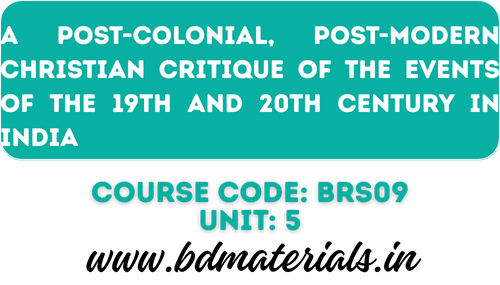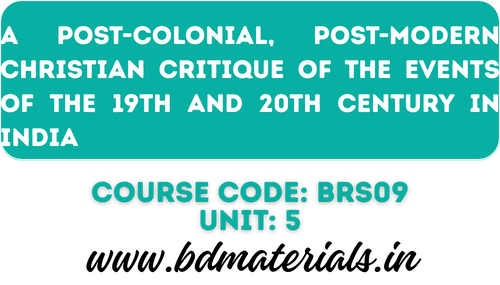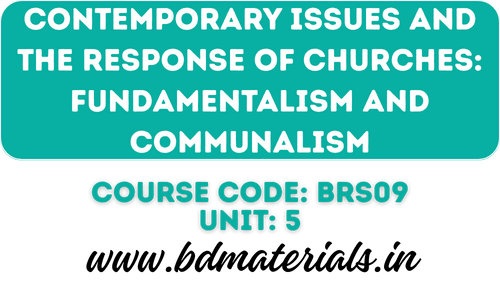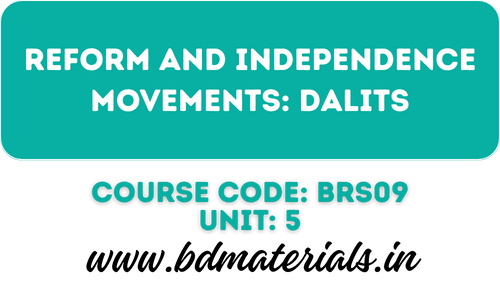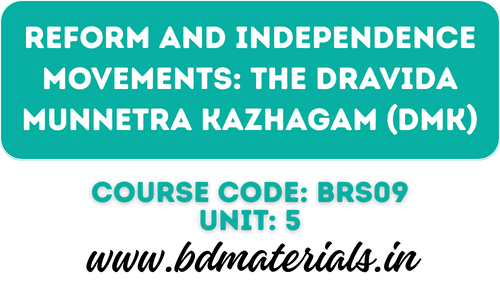General Characteristics of the Modern Guru Movements
The word guru, a noun, connotes ―teacher in Sanskrit, but in Indian traditions it has contextual meanings with significance beyond what teacher means in English. The guru is more than someone who teaches specific type of knowledge, and includes in its scope someone who is also a ― counselor, a sort of parent of mind and soul, who helps mold values and experiential knowledge as much as specific knowledge, an exemplar in life, an inspirational source and who reveals the meaning of life.
For centuries, the Vedas, the smritis, the Manusmriti, the Ramayana and the Mahabharata, have been regarded as sources of reference with regard to religious duties, social customs and Hindu laws. Their injunctions have regulated the lives of millions of people in successive ages.
It is believed that the direct descendents of Brahma were sages and rishis who are credited with the creation of the Vedas. They have been instrumental in the transmission of knowledge from one generation to the other and can be termed as the classical gurus. One theory as to the origin of the word Guru suggests that, the Sanskrit word Gu means darkness or ignorance and Ru denotes the remover of that darkness. Therefore one who removes the darkness of ignorance is a ‘guru‘.
Adi Shankaracharya said, ―If a person, despite possessing a handsome, disease-free body, fame, a mountain of wealth and the knowledge of the Vedas and other scriptures has not surrendered himself at the feet of a guru, then he has achieved nothing, nothing, nothing.
Thus, a guru has been revered from the days the first Veda was composed. The Vedas, the principal scriptures of Hinduism, which constitute a body of knowledge are said to be eternal, were revealed to the great rishis who had purified their minds through meditation. Therefore, the word ‘guru‘ implies a person who imparts temporal knowledge (apara vidya) and is accordingly offered respect. The Skanda Purana says, ‘Gurur Brahma, Gurur Visnu, Gurur Devo Maheshwara, Gurusakshat Parabrahma, Tasmaye Shri Guruve Namaha’ which can be translated as ―The Guru is Brahma, Vishnu and Mahadeva (Shiva). The Guru is indeed the very Brahman. I revere that mighty guru.
General Characteristics of the Modern Guru Movements: It would be impossible to enumerate all the characteristics prevalent in the Guru Movement. Therefore, the general characteristics may be enumerated as follows:
a) Identification of the Guru with the deity:
The guru is considered to be the living embodiment of the spiritual truth professed by the sect and thus is identified with the deity. The devotee is instructed to offer mind, body, and property to the guru. The tradition of willing service and obedience to the guru is still observed. The guru is frequently treated with the same respect paid the deity during worship, and the guru‘s birthday is celebrated by his/her followers as a festival day.
b) Universal Approach:
Even though there may be localized gurus, whose teachings and influence may be for a particular community or locality, one important characteristic of the modern guru movement is the universal approach of almost every spiritual guru. Their messages are meant for humanity as a whole, cutting across geographical boundaries and religious constraints. They have a following in almost every country.
c) No discrimination:
The Gurus exhibit no discrimination on grounds of caste, creed, sex or religion. People of every caste are welcomed, followers of every religion are also welcome and devotees of both sex, male and female abound. More importantly, even among the gurus, there can be seen female gurus.
d) Revolt as well as continuity from classical Hinduism:
The Guru movement exhibits a revolt from classical Hinduism as caste system; elaborate rites and rituals etc are condemned and cast off by many of the gurus. At the same time, continuity with classical Hinduism can still be seen in the modern guru movement such as the ashrama system, guru and shishya relationship etc.
e) Social concern:
The gurus and their respective movements exhibit a deep concern for the society and the problems faced by society. As a result, many of the guru movements are involved in the upliftment of the society through the establishment of schools, colleges, hospitals, relief works in times of natural calamities, etc.
Friendly Note
Bachelor of Divinity Materials is your go-to resource for comprehensive Biblical studies, supporting students in Bachelor of Divinity (B.D.) and other theological courses. Our platform offers access to the full syllabus, detailed answers, and a vast collection of assignments, study guides, articles, and research papers to help you excel academically.
We provide downloadable PDFs of study materials, including books and journals, for convenient learning anytime, anywhere. Whether preparing for exams or conducting research, our resources cater to both students and scholars in biblical studies.
Committed to empowering theological learners, we aim to deliver high-quality, authentic study materials. Explore Bachelor of Divinity Materials to deepen your understanding of God’s Word and Christian doctrine, making it a valuable resource for aspiring ministers and anyone dedicated to theology.

